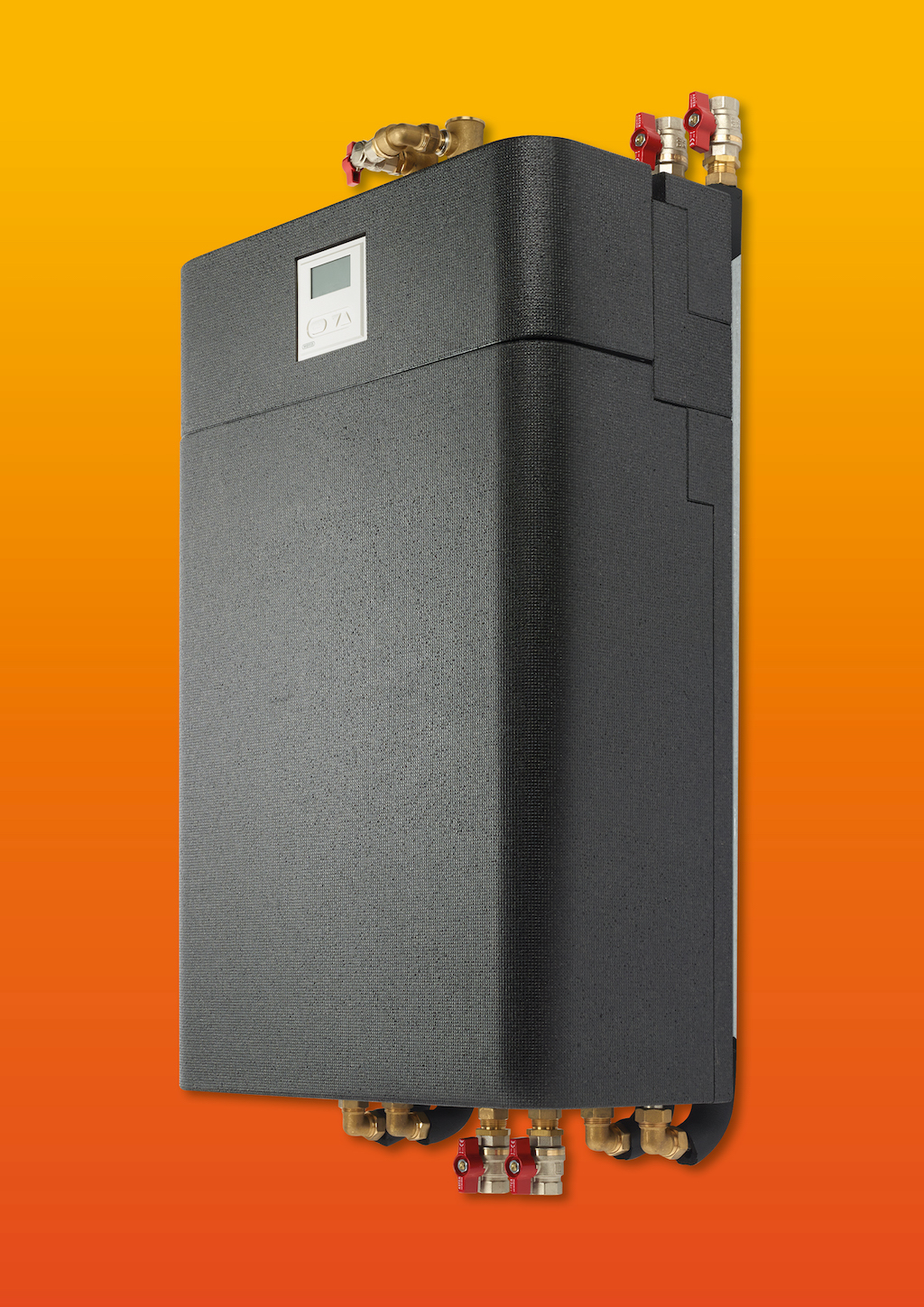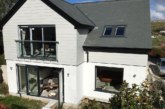So, what are the viable alternatives to traditional gas boilers in a low-carbon future? Here, Tony Kirby, Sales Director at Warmafloor, discusses the flexibility and benefits of district heating systems, and why they should be the alternative of choice for housebuilders and developers looking to navigate changing regulations.
If you’re looking for a more efficient and future-proofed method of heating your project, then district heating could be the perfect solution. It is an eco-friendly alternative for large multi-occupancy developments which works by generating heat from one central boiler, then distributing it to multiple properties simultaneously through individual Heat Interface Units. The technology is already celebrated for its efficiency and low running costs by those who have made use of it, and is commonly used in apartment blocks across the UK. More developers and housebuilders are recognising that by equipping their properties with district heating, they’re able to make them more appealing to prospective tenants and buyers, as the energy bills tend to be much lower than those which use other methods.
At the same time, district heating is also safer than using individual gas boilers in apartments as not every unit will need gas supplied directly to the property, reducing the risk of complications, leaks or worse. This also means that during individual installation, there’s no need for gas safety checks, simplifying the whole process. In fact, with the right training, domestic plumbers are able to install the units themselves.
When looking at the need to quickly, but safely, install more environmentally-friendly heating systems across the market, district heating is the simplest and most cost-effective for developers to implement – the reduced maintenance costs are an additional bonus. The shared nature of the systems means that district heating is currently typically associated with high-rise apartment blocks and communal living. However, it isn’t exclusive to these settings, and can be used in a variety of other residential projects.
A greener future for housing
The trend towards more widespread adoption of district heating has already started. As more developers look for new ways to keep properties warm, the market is growing rapidly, with 55,000 units being installed per year in the UK. This rise in demand is also due to an increase in urbanisation, and the growth of the high-rise market, where the systems are currently more well-established. At present, district heating accounts for 2% of heat demand in the UK, but it’s been predicted that by 2030 this could rise to 14%.
District heating systems have the potential to make great progress towards future-proofing our towns and cities too, able to help reduce the ecological impact of the built environment. They are compatible with renewable energy sources and their flexibility could enable us to switch to future energy sources quickly. By including district heating technology within a design, you can futureproof your projects against likely upcoming Government regulations, while incorporating a safer, more environmentally friendly and cost-efficient solution.







